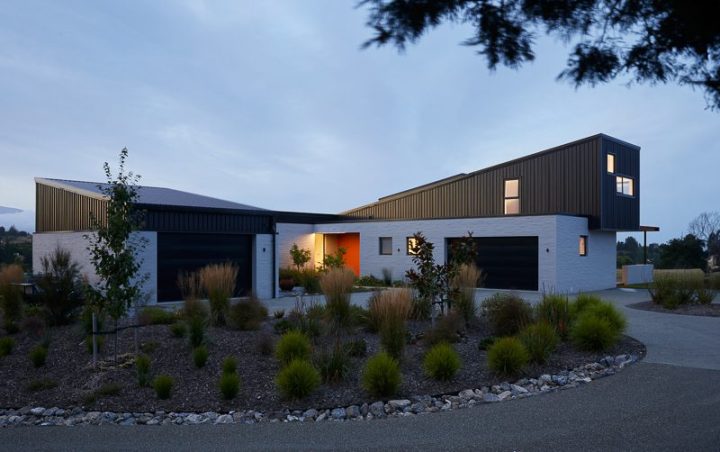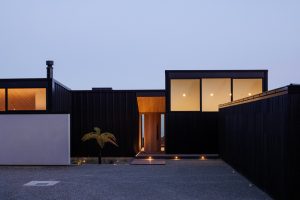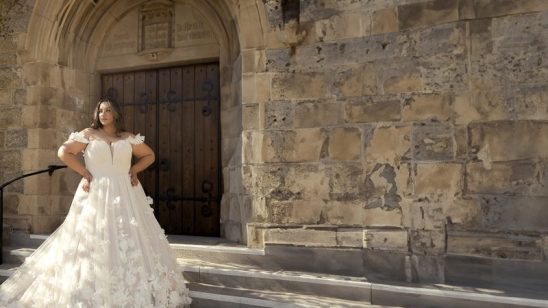
Breaking down brief and budget: Arthouse Architects
Brief and budget are the core of any building design.
Twenty years in architecture and working across a range of residential and commercial projects taught Jorgen Andersen of Arthouse Architects that setting clients’ project goals and sticking to them is essential.

“I find myself telling clients the same things repeatedly, so I’ve compiled a checklist of tips and tricks for people thinking about their own projects – no matter how small,” says Jorgen.
BRIEF
Before you speak to your architect or other trusted professional, take time to think about what you want to do and why you want to do it. Write it down. Discuss it
with whomever else is part of the decision-making process to identify if there are parts of the project you disagree on, or are wanting to achieve different things with.
It helps your professional to know this from the beginning. There can sometimes be clever design solutions to work around these issues. The ‘why’ is important. For example, “We need a bigger bathroom and kitchen as our family grows,” that is a great starting point. It lets your trusted professional ask questions to develop that brief that you might not have thought of, such as:
• If your family is growing up or expanding, do you also need additional storage space?
• Do you need additional living space, or could a reconfiguration of any of the existing spaces make the house work better for your changing family?
Sometimes, you can tweak and rearrange without adding on. “It’s our role is to understand your needs, ask the questions you might not have thought of yet, and find creative and cost-effective ways to deliver,” Jorgen assures.

BUDGET
“Everyone has a budget, and human nature dictates we always want more than we can afford.” Be honest and up front because it promotes efficiency in the design stage. Consider a contingency figure and tell your professional. Information such as “We want to spend $300k, we have $50k contingency but we would rather not spend it, and that’s it. Theres no more money,” is clear and helps us give the best and most appropriate advice.
Your brief and budget will almost always never match. “Prioritising your brief conveys the parts of a project that are most important. We often flag things as a ‘stage two’,” he adds. Planning to stage work requires an overview of your ultimate result, and designing a ‘master plan’ is really useful to make sure you don’t end up ‘undoing’ work to do a second stage.



